I am working on a security project in which in case of any emergency my smartphone triggers an alarm or sound. This sound is in the form of audio by phone smartphones. When I connect earphone jacks, the audio is routed to the earphone jack, which means the sound plays only on the earphone and not with the speakers.
The voice from my smartphone is low and the alarm tone is very calm. I cannot change the ringtone from smartphone due to some device restrictions.
I want to make a circuit with MOSFETs and transistors which keeps the transistors off when the device is silent and triggers the MOSFETs when the device makes some sound.
According to my research, the output from the aux jack in smartphone is analog and the resistance also differentiates when the phone is silent and when it is making sound.
I tried this circuit with an IRFZ44N MOSFET which is a wire break alarm. I think modifying it can get the work done:
These are some measurement values when the device is silent and playing alarm.
Resistance on 1k range
Please help me with it or suggest some other way.
